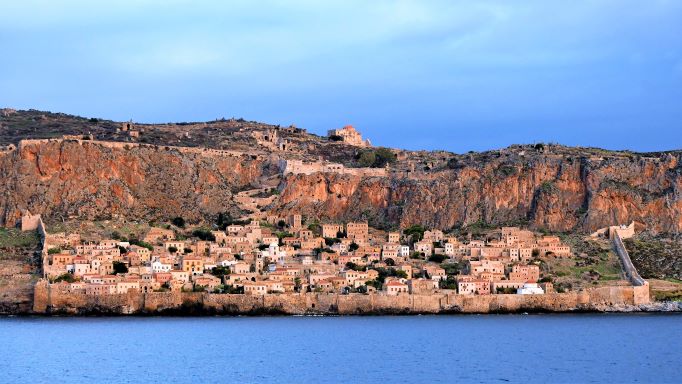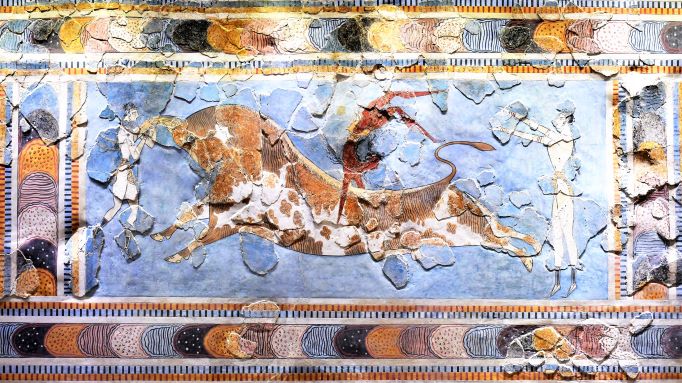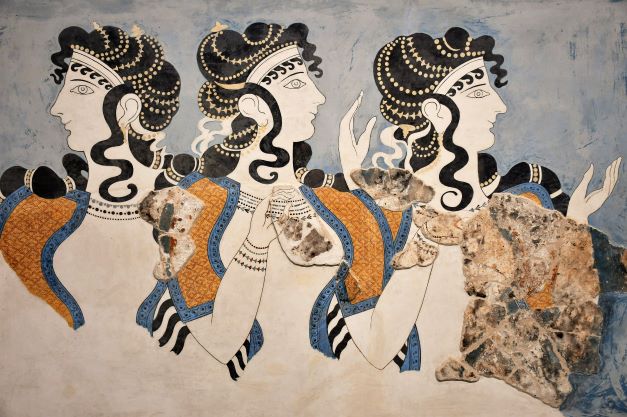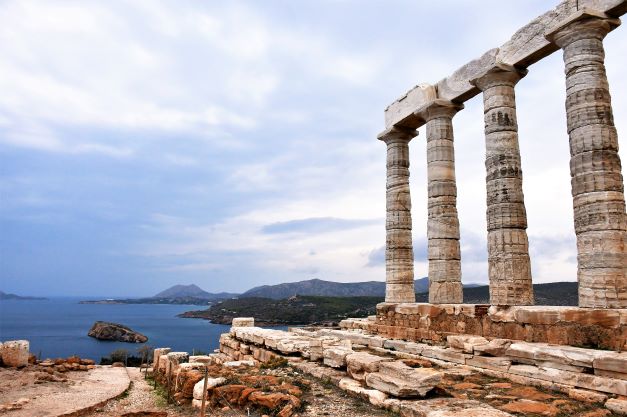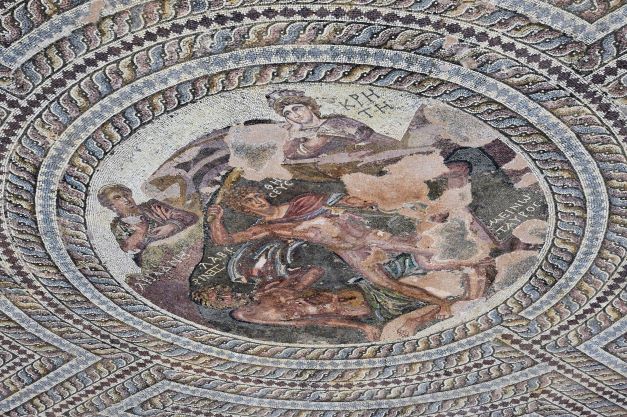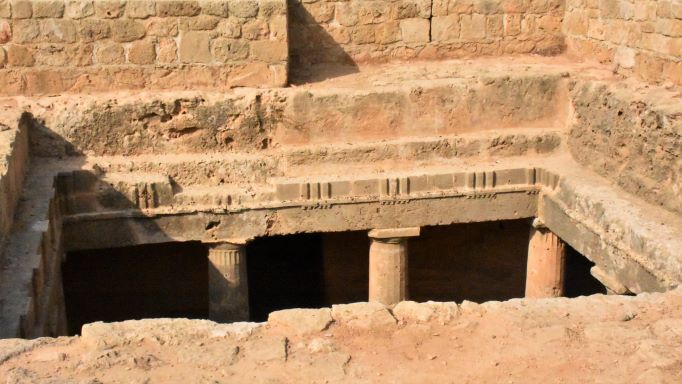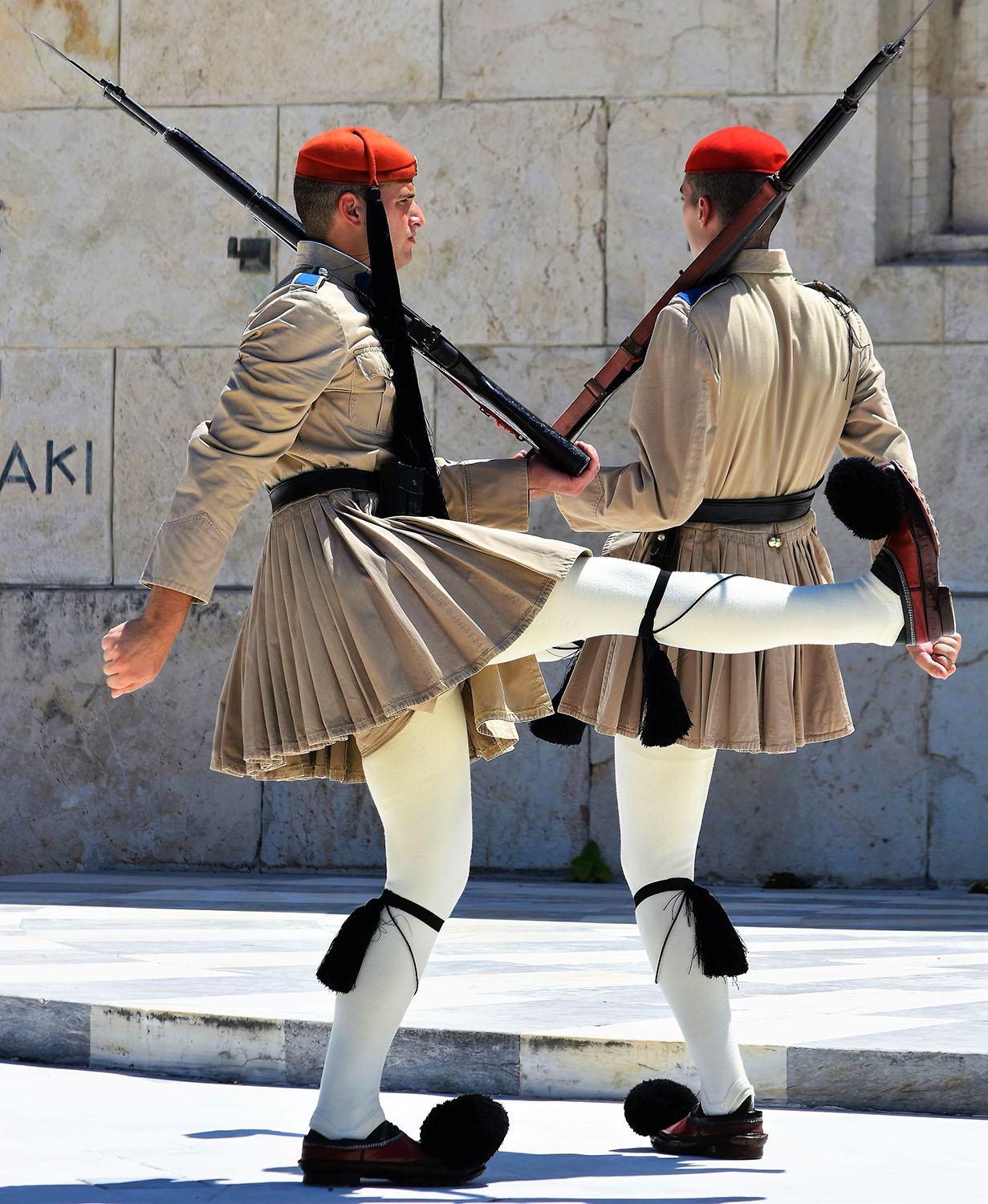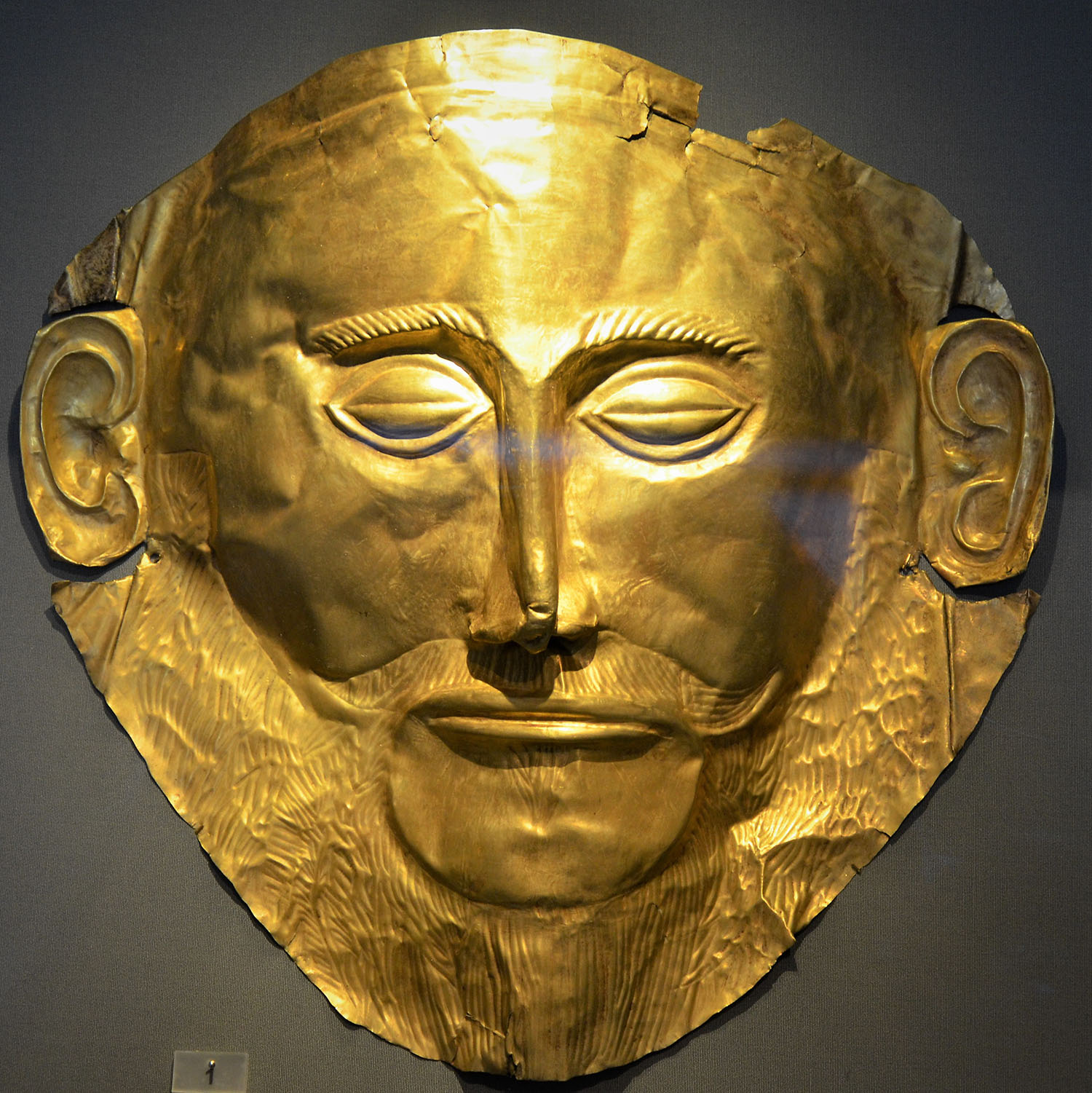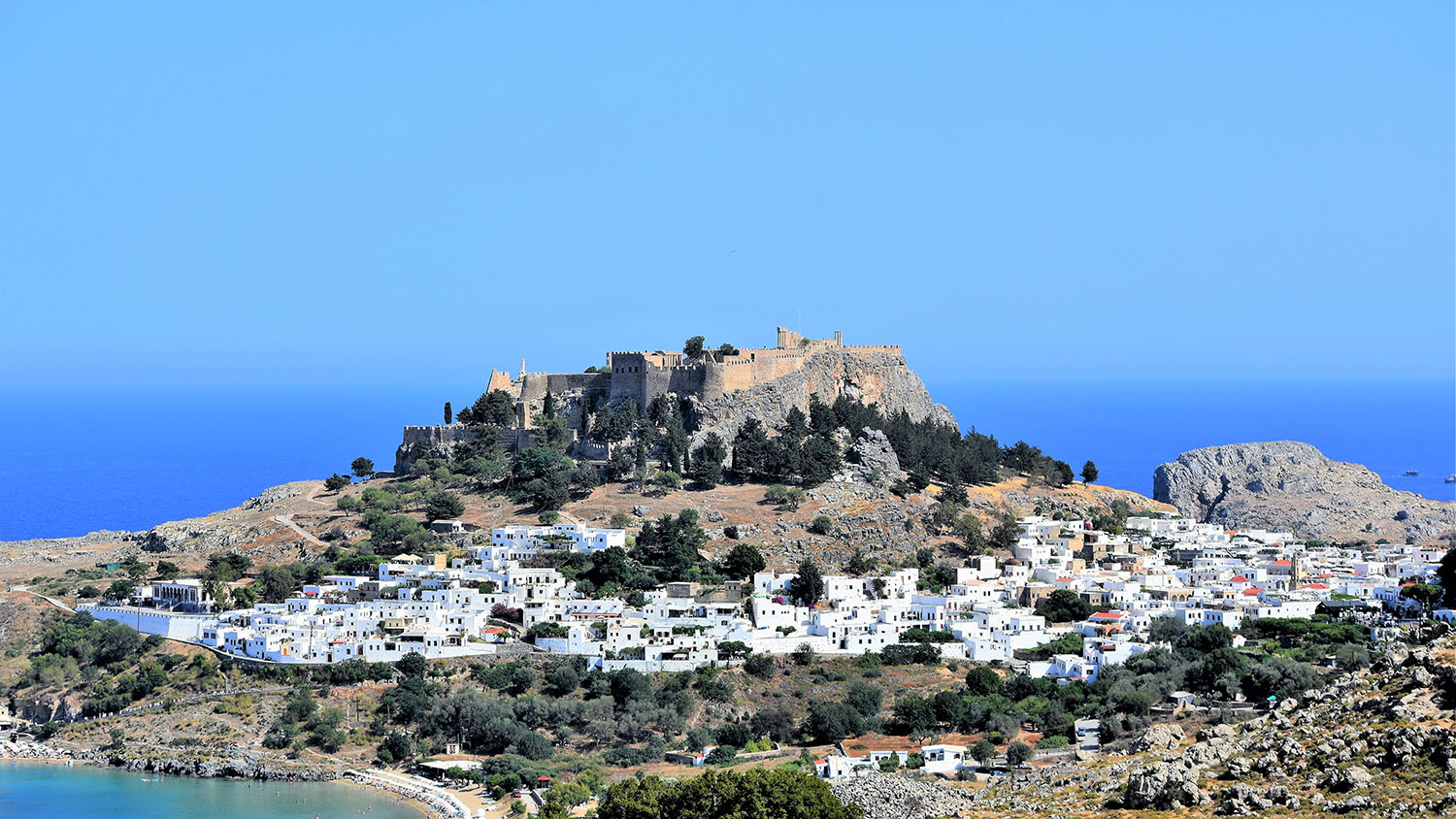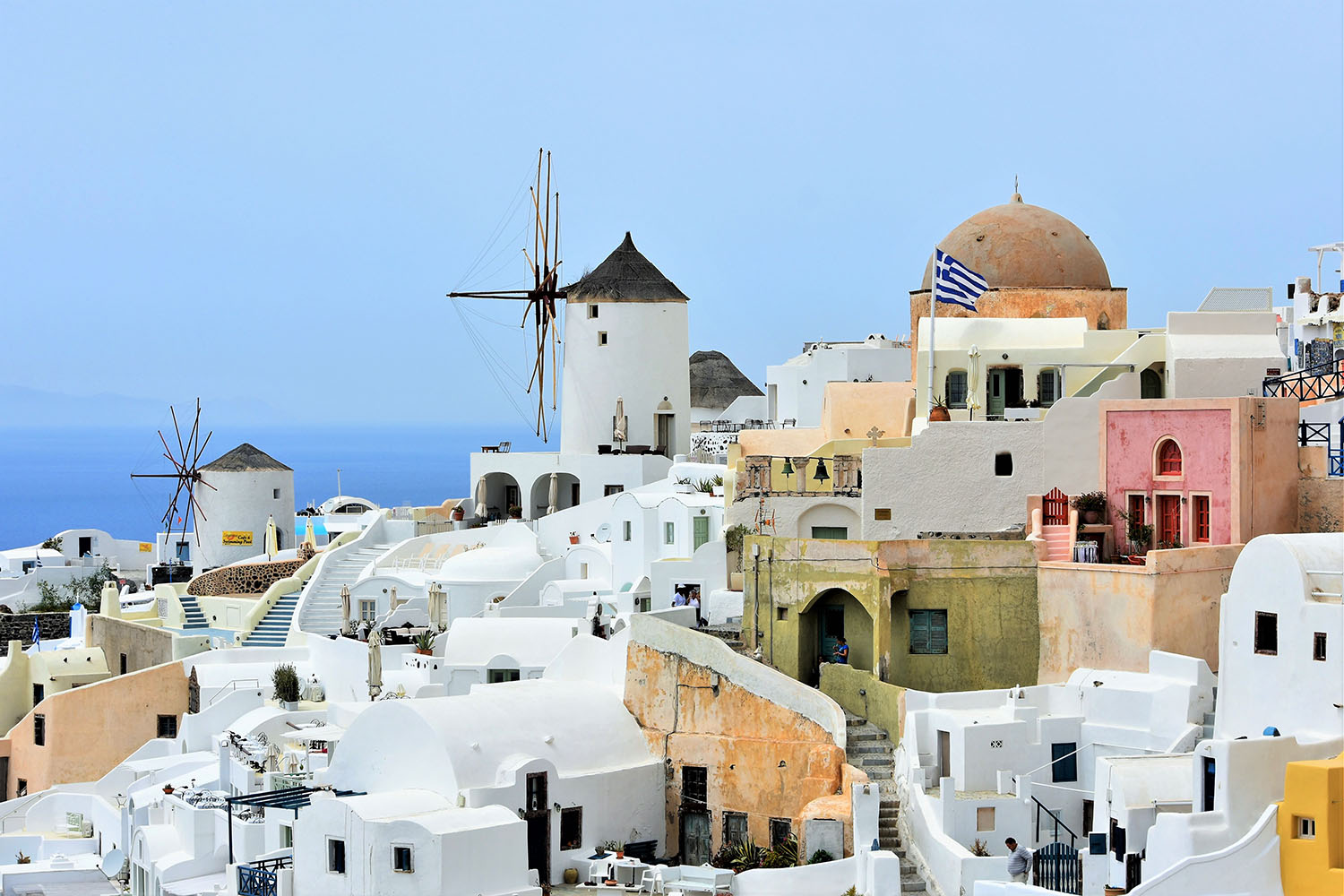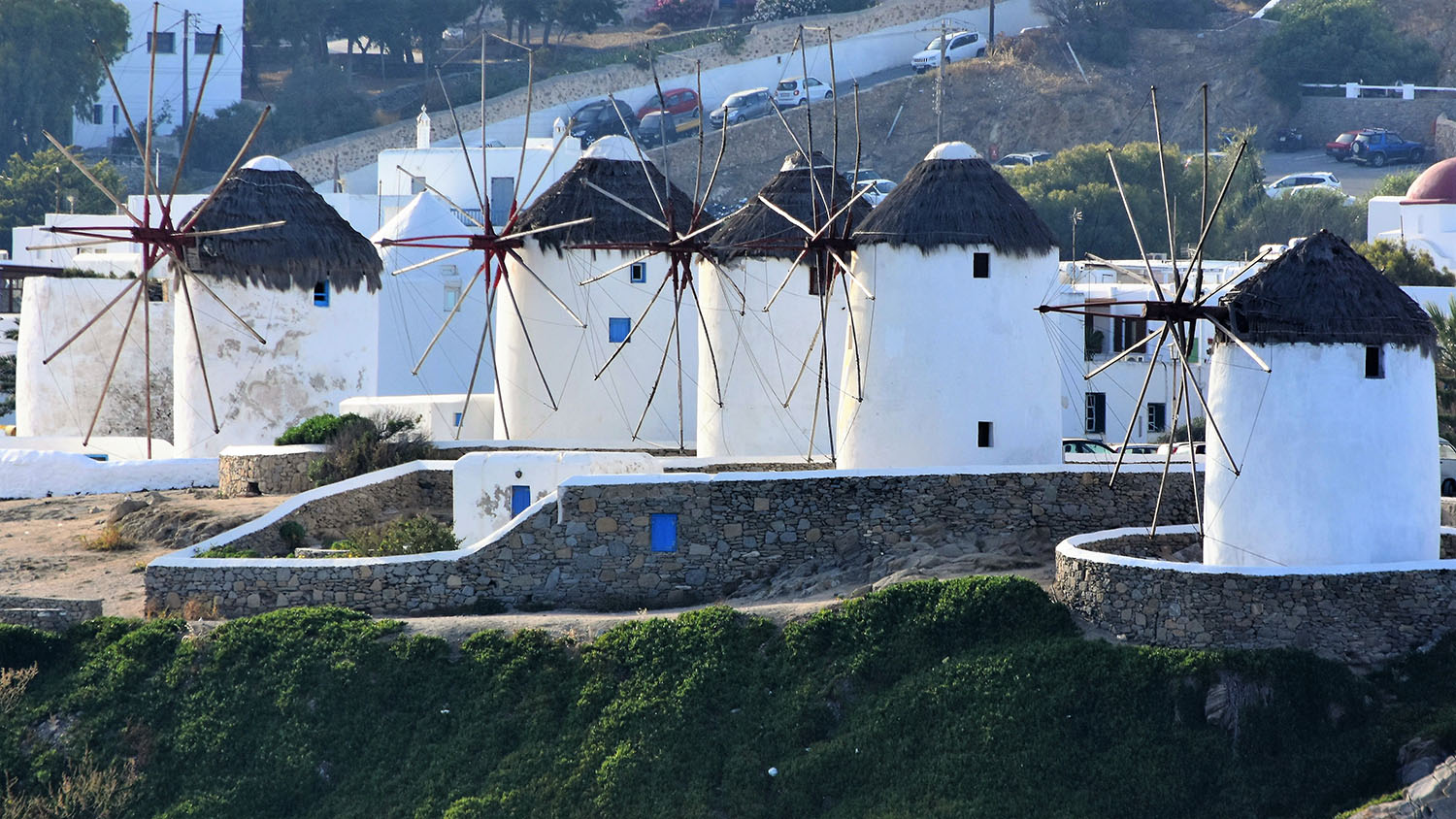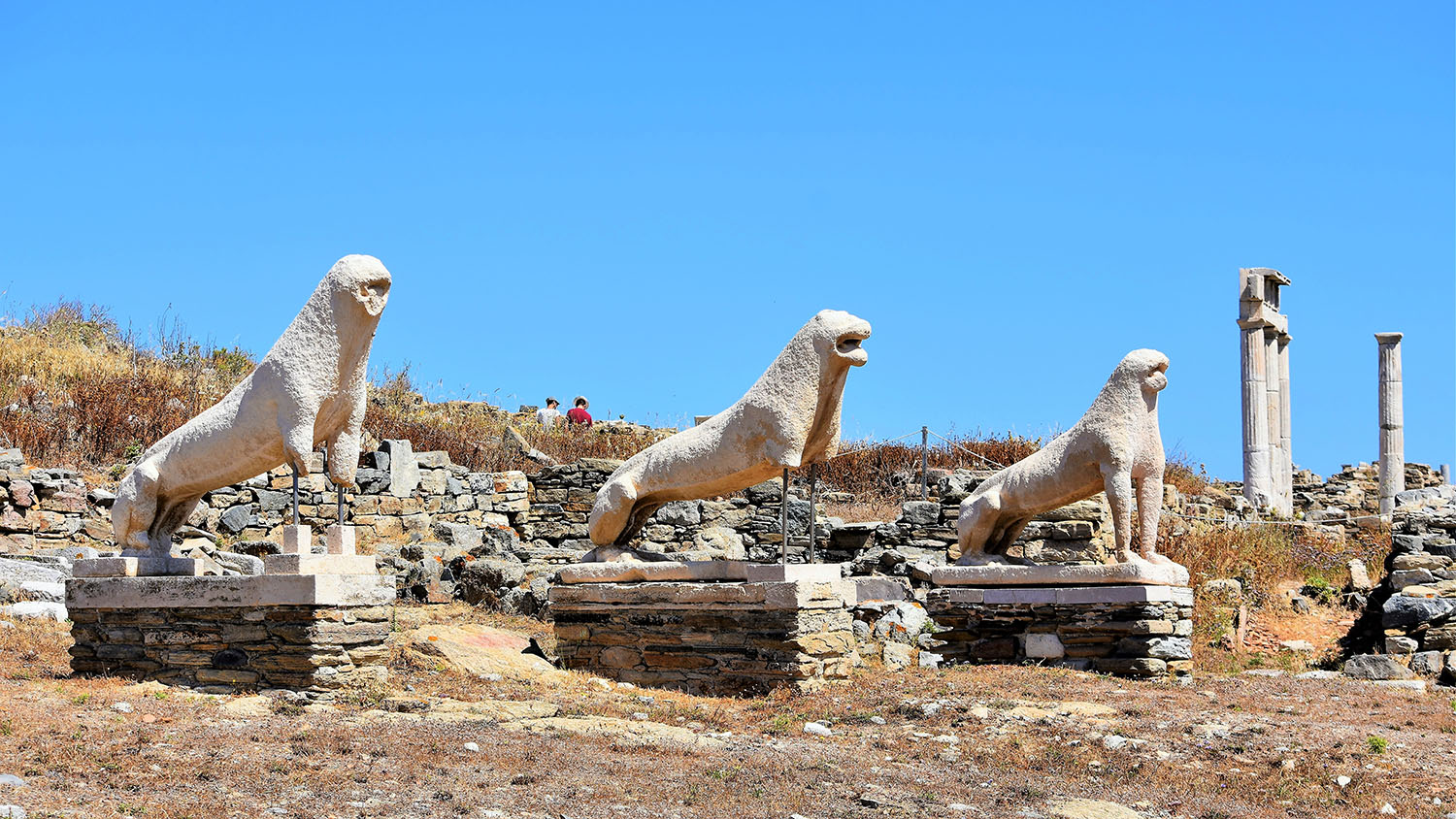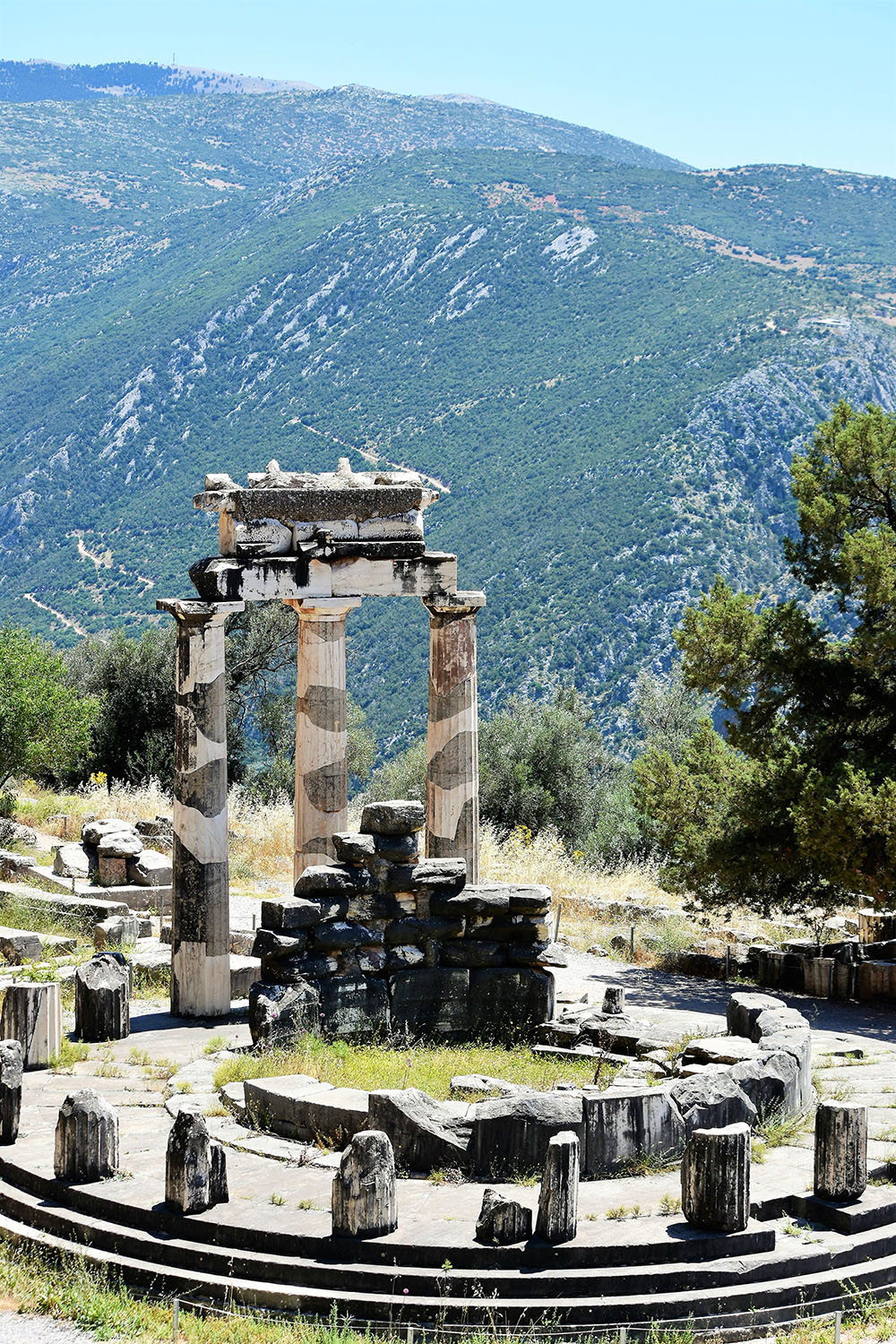Updated 11/22/2021
- Traveler • Adventurer • Author

Me at Machu Picchu
October 14, 2021
Transitioning from Law in Stages
November 1, 2021Greece Trip
Mycenae, Greece
The famed Lions Gate guards the entrance to the legendary city fortress on a hill of King Agamemnon who according to Homer’s epic poems launched a thousand ships against fabled Troy. We may never know the true story surrounding the Trojan War but I’ve walked the dramatic ruins of both cities and they are real. The details may be shrouded in mystery but the evidence remains to be seen, touched and discovered today which is why I go to these places, to experience them for myself. You don’t need to be a scholar or archaeologist to know that Mycenae and Troy were powerful and wealthy city-states in their day. It also doesn’t take much to imagine that there is truth in the story that sometime in the year 1200 BC Agamemnon launched an attack on Troy now located in modern Turkey and that a long siege ensued after which Troy fell through the trickery of the Trojan Horse. This is where the phrase “beware of Greeks bearing gifts” came from. I like this photo because the portal beneath the lions is mysteriously aglow from the sun rising behind it, illuminating the entrance and making it appear to be a tunnel into the past of a once glorious but now lost time. To step through it is truly to step back in time. And yes, Mycenae is a UNESCO World Heritage Site.
Monemvasia, Peloponnese, Greece
Greece is full of amazing surprises and this highly picturesque “Gibraltar of Greece” so called because of the giant rock that juts up from the tiny spit of land it is located on was one for me. Reached from the mainland by a causeway, this beautifully preserved medieval Crusader-like walled town of two levels (upper and lower) can only be accessed by a single gate (Monemvasia means single gate). Strolling and in some cases hiking through the narrow and steep stone streets from lower to upper town was great exercise and a lot of fun! The town certainly hasn’t changed much in five hundred years and it wasn’t hard to visualize what life must have been like in its heyday. Well worth a visit. Go there.
Nafplio, Peloponnese, Greece
Not to be outdone in charm and coziness is the port town of Nafplio, a small, accessible and walkable slice of history only a short drive from Athens. Known for its highly strategic location and fought over for centuries by the Ottomans, Venetians among others to the point of deserving three castles to guard its harbor, Nafphio was the first modern capital of an independent Greece. Today it is a major tourist destination and rightly so. And yes, that is the sailing yacht the Maltese Falcon docked in the upper center of the photo.
The Marvelous, Mystical and Magical Eastern Orthodox Monasteries of Meteora in Central Greece
We visited all six of them (five on the inside) over two days (no easy task as the paths to most of them are very steep and narrow) and each one was more amazing than the next. Each one is constructed on gigantic natural rock pillars and hill-like rounded boulders that are ubiquitous in the area. A UNESCO World Heritage Site, Meteora is an otherworldly place where many movies have been filmed including the James Bond film For Your Eyes Only. We had the opportunity to visit during a sunset which took our breaths away. If you can, plan on two days because all six are worth visiting and the weather can be dicey as we found out the next day when the entire area was shrouded in fog so thick you could barely see the monasteries, even up close!
Palace of Knossos, Crete
The Palace of King Minos and the legendary home of the Minotaur, a half man, half bull which was kept in the labyrinth of the palace. The palace was the ceremonial and cultural center of the Minoan civilization. According to Greek myth, Athenian Theseus was to be a sacrifice to the Minotaur but King Minos’ daughter, Ariadne, fell in love with him and she gave him a clue to defeat the Minotaur in the Labyrinth. Before he entered the maze, she gave him a ball of thread which he unwound so that he could find his way out of the maze as none of the previous sacrifices had emerged after their encounters. Theseus killed the Minotaur and he and Ariadne fled from Crete. Visiting this site was a childhood dream of mine and the palace was magnificent, everything I dreamed it would be.
The Fresco of the Bull Jumpers, Knossos, Crete From the Museum at Heraklion
In what had to be one of the most dangerous athletic games of the ancient world, bull leaping was a ritual sport in connection with bull worship as depicted here in this fresco from the great palace of Knossos. Fun fact: bull leaping is still practiced in some parts of the world today. The archaeological museum at Heraklion is fantastic and must not be missed.
The Phaistos Disc, Heraklion Museum
Made of fired clay and discovered in the Minoan palace of Phaistos on Crete, this 5.9 inch diameter disc is covered on both sides with hieroglyphic symbols, the meaning and interpretation of which are debated to this day in one of archaeologies greatest mysteries, some even believing the authenticity is suspect. Nevertheless, it was interesting to see it up close for myself. More on this later.
Temple of Poseidon at Cape Sounion, Greece
The Greek god Poseidon was god of the sea and what better place to worship this powerful god than to erect a temple on the sheer cliffs overlooking the Aegean Sea, seen here. Standing watch to seafarers since 440 BC, this magnificent white marble Doric temple is a monument for the ages. A relatively short drive south from Athens (a little over an hour with no stops) along the “Athens Riviera”, a worthwhile trip in itself, this site is a must see for the setting and spectacular sunsets. We had a delicious fresh fish dinner (choose your own) at a seafood restaurant below the temple. More on that in a later post so stay tuned.
Mosaic of Theseus and the Minotaur, Pafos, Cypress
This breathtaking intricate and colorful mosaic floor depicting the mythical duel between Theseus and the Minotaur in the labyrinth of Knossos from the Roman period 3rd-4th century CE is from an enormous villa in Pafos, Cypress, about an hour drive from the port Limassol. This villa alone had more than 90 rooms and this mosaic is incredibly well preserved so much so that the richness of the vivid colors can be seen today. A world heritage site, the villas at the site have some of the world’s most beautiful and well preserved mosaics and have been designated as a World Heritage Site.
The Tombs of the Kings, Pafos, Cypress
The Necropolis, a World Heritage Site, is believed to contain the tombs of VIPs from ancient Pafos instead of royal kings and queens. Nevertheless this vast site of majestic underground burial chambers carved into the rock has attracted treasure hunters for centuries.
Sunset over Salamis, Greece
This tranquil setting was the site of one of the most important naval battles in world history where the outnumbered Greek fleet, led by the brilliant strategist Themistocles, defeated the much larger Persian fleet of King Xerxes in 480 BC, halting the Persian advance to conquer Greece. If the outcome had been the other way we might be speaking another language today! So knowing that we can now appreciate this beautiful sunset even more!
The Changing of the Presidential Guard or Evzones
The history of Greece is virtually the history of Western Civilization, culture, literature, science and philosophy. It is also the birthplace of Philip II of Macedon who united much of present day Greece. His son, Alexander III, the Great, went on to conquer much of the ancient world, exporting Greek ideas throughout the world. I have been profoundly influenced by Greek thinking and am indebted to this magnificent country. And I’m still learning, a willing student of the ancient voices that echo across this Hellenic Republic. This photo is of the changing of the Presidential Guard or Evzones, elite Greek soldiers who are trained to perform various ceremonial duties. They are very entertaining!
National Archaeological Museum, Athens
National Archaeological Museum, Athens, is one of the greatest museums of antiquities in the world. I was amazed at the extensive collection from the Antikythera Device (see post on this site ) to the golden Mask of Agamemnon described as the “Mona Lisa of prehistory” shown here.
Lindos, Rhodes, Greece
The Acropolis of Lindos is dominated by the massive Temple of Athena which offers spectacular views of the surrounding white washed village, harbors and coastline. The importance of the temple to the ancient world was affirmed by none other than Alexander himself who made sacrifices here and dedicated weapons after his victories. The climb is thrilling as it winds though the village and around the acropolis. To do so is literally to walk in the footsteps of Alexander the Great.
Santorini, Greece
The dramatic setting of this magical isle is the result of one of the greatest volcanic explosions in history, the infamous “Minoan Eruption” around 1630 BC. Today Santorini is one of the most beautiful places on the planet as this photo of Oia attests. The village, perched atop and hugging the volcano’s caldera, offers unobstructed views of the most spectacular sunsets in the world.
Akrotiri, Santorini, Greece
This World Heritage Site is also known as Greece’s Pompeii because it was buried by a blanket of volcanic ash from the eruption referenced in the post above, freezing it in time and preserving it for archaeologists today. This massive site is all that remains of a bustling city that once had multi-story structures, plumbing and even toilets. But perhaps most extraordinary of all is the persistent belief that Akrotiri may have actually been Plato’s lost city of Atlantis, or at least provided inspiration for his story. It was thrilling to imagine as I walked the elevated walk ways of this site that I was actually walking the streets of fabled Atlantis.
Mykonos, Greece
One thing about the Greek islands, one is lovelier than the other and that certainly is the case with majestic Mykonos. The island is a visual feast as the famous windmills of this ridge, known as Kato Myloi are perfectly positioned to catch the winds that blow in from the sea from multiple directions. They are also strategically positioned near the water in order to load the grain ground by the windmills into waiting ships. But there is much more to see and experience on this small, intimate island, like the beaches which rival any in Greece.
Delos, Greece (World Heritage Site)
A short thirty-minute boat ride from Mykonos lies the island of Delos, the sacred mythological birthplace of the Sun god, Apollo. Sun drenched, barren and severe today, the landscape is strewn with ruins of Doric columns, temples, markets, an amphitheater, houses with mosaics and the most iconic of all, the Terrace of the Lions seen here. The lions are replicas, five of the original lions are preserved in the site’s museum, which is excellent and shouldn’t be missed.
The New Parthenon Museum, Athens
One of my favorite museums in the world, it was specially designed and constructed to house the original artifacts found in and around the Acropolis. And what a magnificent display it is as natural light floods though the building, illuminating the 48 columns of the Parthenon Hall that mark the outline of the ancient temple and the marbles that adorned it. The museum was constructed over an extensive archaeological site which can be seen through transparent glass floors. This photo is of two of the five (out of an original six) maiden columns that once supported the roof of the Erechtheion Temple. The six on the Acropolis today are copies. The sixth is in the British Museum.
Delphi, Greece
This World Heritage Site was home to the famous Oracle (the Pythia) who was consulted about important decisions in the ancient Greek classical world. While in a trance state the Pythia “raved” and her ecstatic speech was “translated” by temple priests. The cause of these “violent trances” (vapors, oleander, laurel, cannabis) has been the subject of intense speculation for thousands of years. This incredible site, perched high above the southern slopes of Mt. Parnassos, overlooks the Gulf of Corinth. This photo is of the famous circular Athena Temple complex, the Tholos, which is spectacularly situated above the Pleistos River Valley. There is also a terrific museum located on this site.


